|
Handstand (Downward Facing Tree Pose) - Advanced Inversionah-doh moo-kah virk-SHAHS-anna Adho (अधस्)= Downward Mukha (मुख) = Face Vrksa (वृक्ष)= Tree Asana (आसन) = Pose, Posture, Seat (www.en.wikipedia.org) One of the most powerful poses in yoga is the handstand. This posture can invoke pure joy and a sense of freedom when mastered, while even thinking about attempting it may induce fear for others. Our bodies are calibrated to an upright standing world. As such, literally turning our worlds upside down to balance on our hands carries a rage of challenges across the physical, mental and emotional spectrum. Once we understand the foundations of a handstand, it is actually quite accessible. Contrary to what many might think, the handstand is a physically safer option than some other inversions such as headstand or forearm stand. That said, any inversion should initially be learned under the direction of a qualified instructor to help guide the student through safe practices. One of the main obstacles in handstand is the fear of falling. Fear is not a bad thing in and of itself, the fear can help us cultivate accurate self assessment and encourage us to work the foundations and progressions to build the necessary physical strength and the confidence to explore the full pose. On the other side of it, fear can become an irrational blockade to trying inversions. There are students who clearly have all of the necessary physical tools and have the safety of a spotter or a clear wall and will still have a mental shutdown with inversions. It is another strong reason to train progressively as we need to build up deposits in the bank of personal trust to have the emotional safety to work on this type of skill. In many ways this pose is a more advanced mental and emotional posture than it is a physical one. Handstand training takes time and consistency to master. It is the posture of constant evolution and refinement. This pose that has been adopted by the yoga practice has many roots in acrobatics, gymnastics, circus, calisthenics, and cheer-leading. The current international standard for a handstand in the acrobatic community and beyond holds the handstand in a straight line. This was not always the case. In “Light on Yoga” by B.K.S. Iyengar, you will not find a straight handstand. His handstand is quite arched in the back and the handstand is used as more of a transition from wheel pose or as a pause in the jump forward. The same is true for the ashtanga lineage. Handstand in ashtanga is used more as a transition than it is practiced as a static posture. For our purposes in this round we will look only at the straight line static handstand. How to do Adho Mukha Vrksasana- Handstand
Notes on Variations and ModificationsThere are many variations of handstands that will come off of the straight line. We train the straight line so that we may choose to come off the line with control for other inspire variations rather than ending up off our line by default.
Additional Variations may include: Scorpion Hollow Back Handstand One Arm Handstand Leg Variations- Tuck, Straddle, Pike, Eagle, Lotus, Stag, etc.
0 Comments
TadasanaMountain Pose aka Equal Standing Pose or Samasthiti Tah-DAH-SAH-nah (Sahm-mas-thi-tee-hee) Tada (ताड) = Mountain Asana (आसन) = Pose, Posture, Seat Tadasana (ताडासन) = Mountain Pose Samasthiti (समस्थिति) = Equal, Balanced Standing (Devanagari Script from www.wikapedia.org) Tadasana or mountain pose, is the ultimate foundation for all standing poses. It is a basic stance of standing upright with good posture. The pose is engaged but not rigid and cultivates grounding in the feet, and a “root to rise” energy as the crown of the head lifts to the sky. It allows us to stand in a receptive but powerful stance. It can be an easy pose to take for granted, but when given its full respect and attention we can dramatically improve our postural line in the spine and develop better balance. This posture did not appear in yoga texts until 1966 in Iyengar’s “Light on Yoga”. It did appear ,along with other asanas that are now part of the yoga lexicon, in “A Manual of Gymnastics” by Vyayama Dipika in 1867 and in “Anatomy of a Contortionist” by Thomas Dwight in 1889. Yoga had gathered a great deal of postures from the gymnastic and acrobatic community that merged into the yoga sequences and become part of the modern yoga sequences. The hatha yoga variations of tadasana have a wider stance of the feet than the vinyasa tradition. You will also find tadasana at the start of most vinyasa classes and the beginning of surya namaskar or sun salutations. In the ashtanga tradition it is listed as samasthiti, a balanced standing pose. The pose shape is the same whether you call it tadasana or samasthiti. Tadasana is the actual pose and the word samasthiti, however is more of a command of your attention. By its very definition samastitihi asks us to become aware of the balanced feeling and to tune into where our weight is most centered. Samasthiti opens us up to the mindful attention we need to bring to our postures. As tadasana is often the first pose of a sequence it is not surprising then to hear the term samasthiti added to encourage the art of mindfulness from the very beginning of the set. How to do tadasana
For better balance take the feet wider. Try different hand variations to mix things up. Benefits
Preparatory poses and exercises Constructive Rest Pelvic Tilts Thigh Rotation- with straight leg Reclining Mountain Crocodile Pose- Yin ReferencesIyengar, B.K.S. (1966) Light on Yoga, Yoga Dipiki. (3rd Edition) NY, United States of America. Schocken Books Inc. Singleton, M. (2010) Yoga Body, the Origins of Modern Posture Practice. NY, United States of America. Oxford University Press, Inc. Swenson, D. (1999) Ashtanga Yoga, the Practice Manual. (6th Edition) (Woodruff, C, Ed.). Houston, TX, United States of America. Ashtanga Yoga Productions. www.wikapedia.org Chris Loebsack, 500 E.R.Y.T, fell in love with yoga in 1995 and began teaching in 2003. Chris uses the power of yoga to create a space for students that cultivates trust, playfulness and Divine connection with themselves and with community. Living by her mantra, Clarity, Integrity and Love, she draws upon her partner yoga practice to share the healing power of touch and safe intimacy. A passion for discovering subtlety in movement has lead Chris to deepen her education with the Anatomy Studies for Yoga Teachers® kinesiology program. Her playful yet focused classes are filled with user friendly gems of applied anatomy leaving students with a greater understanding of how to find comfort and space in their bodies and smiles beaming across their faces. She encourages teachers to set a higher standard of excellence through knowledge and has become a valuable mentor to many upcoming yoga educators. Chris's Teaching Schedule Utkata KonasanaGoddess Pose - Beginner Standing Hip Opener oot-KAH-tuh cone-AHS-uh-nuh utkaṭa (उत्कट) = Wild, Intense, Fierce Koṇā (कोणा)= Angle Asana (आसन) = Pose, Posture, Seat (www.wisdomlib.org) This posture is a wide leg squat. The pose is often referred to as Goddess Pose and highlighted for its more fierce representation of divine feminine energy. The pose has several different names depending on the yoga lineage or tradition, such as sumu pose or horse stance (Vatayahasana). We will stay with goddess pose as the root of the word utkata is also the base of (Utkatasana) the chair pose and in its simplest form this is a wide leg chair pose. Moreso, horse pose(Vatayahasana) shows up in reference to a more complicated variation found in the intermediate series of ashtanga yoga as set by Phathabhi Jois and as such we will leave that name for the more complex variation. Utkata konasana is an incredible power pose. It can build energy in the physical body and confidence in the emotional body. How to do utkata konasana
Goddess Pose- Temple variation- Arms overhead with hands in Kali Mudra Goddess Pose- Hands in Anjali, add a heel lift Benefits
Happy Baby Pose (Ananda Balasana) 5 pointed Star Pose References Utkatasana. www.ashtangayoga.info, Retrieved 6 August 2020. Kona www.wisdomlib.org Retrieved 4 August 2020 Swenson, D. (1999) Ashtanga Yoga, the Practice Manual. (6th Edition) (Woodruff, C, Ed.). Houston, TX, United States of America. Ashtanga Yoga Productions. About Chris Loebsack
Krounchasana
Heron Pose - Intermediate Seated Posture Crown-Chaa-sah-nah This posture is a combination of half hero's pose (ardha virasana)also known as triangular facing western intense stretch (triang mukhaikapada paschimottanasana) and upward facing western intense stretch pose (urdhva mukha paschimottanasana). The combination of these two seemingly opposing postures gives us a complex asymmetrical pose that stretches the entirety of the lower extremities, engages the core and strengthens the spine. This posture presents itself in the ashtanga yoga intermediate series as developed by Pattabhi Jois. It is the second pose in the intermediate series and has the addition of a flow (vinyasa) before the pose, between the sides, and after the second side. Iyengar, in “light on yoga” lists this posture immediately following triang mukhaikapada paschimottanasana as it is easier to bow forward over the extended leg than it is to reach down and draw the leg upward towards the sky. Krouncha means heron. The name is also the name of a mountain in India and Indian mythology claims that Krouncha is the grandson of Himalaya. The Himalayas are a mountain rage that hosts some of the world's highest peaks, including the famous Mount Everest. In some other instances krounchasana has been used to describe another posture or another name has been used to describe the same shape. The references are much more obscure and not used in the west so we will leave it as is for consistency. The most common traditions practiced in the USA stem from teachers such as Pattabhi Jois and Iyengar who learned from the same master teacher, Krishnamacharya and therefore use the same names for the postures which makes for easier comparisons between their stylistic differences. How to do krounchasana
Benefits
Common pitfalls and contraindications
About Chris Loebsack
|
Boundless Yoga Staff & StudentsWe are continuously interested on how our reactions and responses to our personal journeys, albeit travel, adventure, new job, etc. mirror and reflect our social, emotional and spiritual ups and downs. We try every day to apply what we learn about ourselves on the yoga mat to our personal lives. Thank you for tuning in as we share some of those aspects with you. Archives
December 2022
Categories
All
|
- HOME
-
- Monthly Challenge
- Book Club Discussion
- 7/11-8/1 (Thurs) Meditation & Mindful Movement Series
- 7/17 Beach Day Yoga Road Trip: Ocean Groove NJ
- 8/3- 8/28 (Tues): Roll & Release Series
- Sept/Oct: Inversion Immersion
- Sept-Dec: Personal Development Course
- 9/15 Moon Planning Workshop
- Bhakti Flow and Kirtan w/ Ian Froman
- Schedule
-
- 200 Hour Teacher Training
- 300 Hour Teacher Training
- Arm Balance Academy - CE Program
- Inversion Immersion Training Program
- Personal Development- Continuing Studies
- Thai Yoga Training
- The Boundless Breath ~ Pranayama Training Weekend
- The Koshas Demystified - Yoga Philosophy Course
- Rollit & Release it: Yoga and Fascia Continued Studies
- Yin Yoga Basics Course
- Yin Yoga Advanced Course
- Aerial Yoga Teacher Training
- Professional Development Continuing Studies Module
- Boundless Vinyasa Sequencing- Unlock the Power of Combination and Flow
- Aerial Yoga Yin-Restorative Training
- Graduate Directory
- Yoga Online Anytime
- Contact Us
- Blog: Insights from our Staff and Students
- Community Resources
- Studio Rental
- Media and News
- Yoga Podcast: Chats from the Mat w/ Brian M. Davis
- HOME
-
- Monthly Challenge
- Book Club Discussion
- 7/11-8/1 (Thurs) Meditation & Mindful Movement Series
- 7/17 Beach Day Yoga Road Trip: Ocean Groove NJ
- 8/3- 8/28 (Tues): Roll & Release Series
- Sept/Oct: Inversion Immersion
- Sept-Dec: Personal Development Course
- 9/15 Moon Planning Workshop
- Bhakti Flow and Kirtan w/ Ian Froman
- Schedule
-
- 200 Hour Teacher Training
- 300 Hour Teacher Training
- Arm Balance Academy - CE Program
- Inversion Immersion Training Program
- Personal Development- Continuing Studies
- Thai Yoga Training
- The Boundless Breath ~ Pranayama Training Weekend
- The Koshas Demystified - Yoga Philosophy Course
- Rollit & Release it: Yoga and Fascia Continued Studies
- Yin Yoga Basics Course
- Yin Yoga Advanced Course
- Aerial Yoga Teacher Training
- Professional Development Continuing Studies Module
- Boundless Vinyasa Sequencing- Unlock the Power of Combination and Flow
- Aerial Yoga Yin-Restorative Training
- Graduate Directory
- Yoga Online Anytime
- Contact Us
- Blog: Insights from our Staff and Students
- Community Resources
- Studio Rental
- Media and News
- Yoga Podcast: Chats from the Mat w/ Brian M. Davis
Get more updates and fun yoga information on our Facebook page!

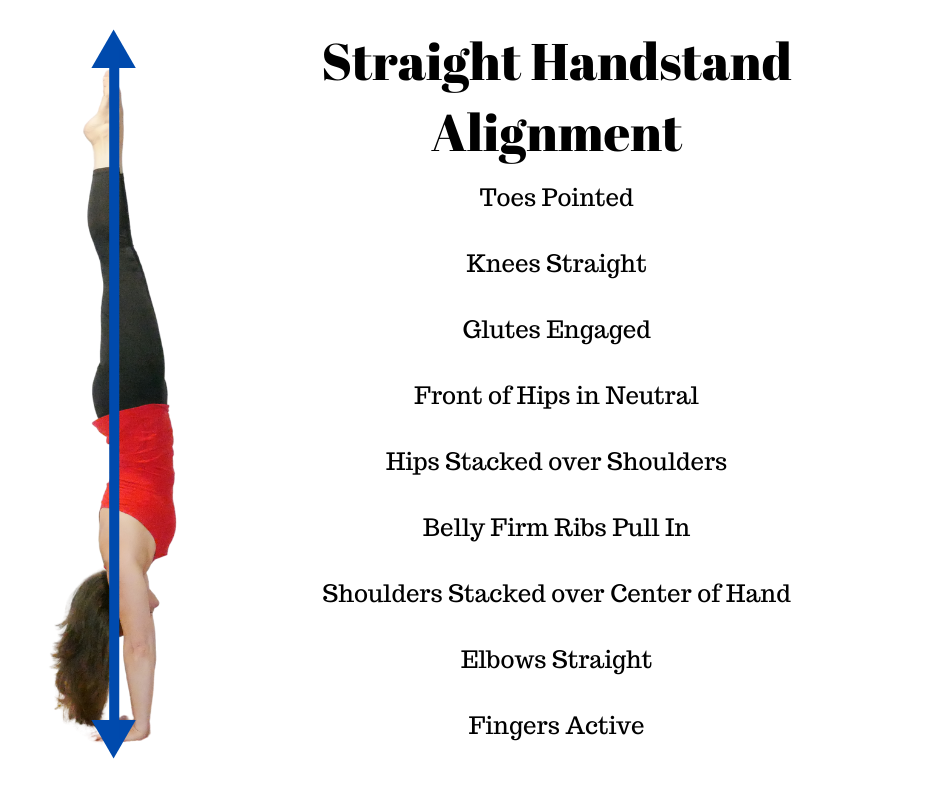
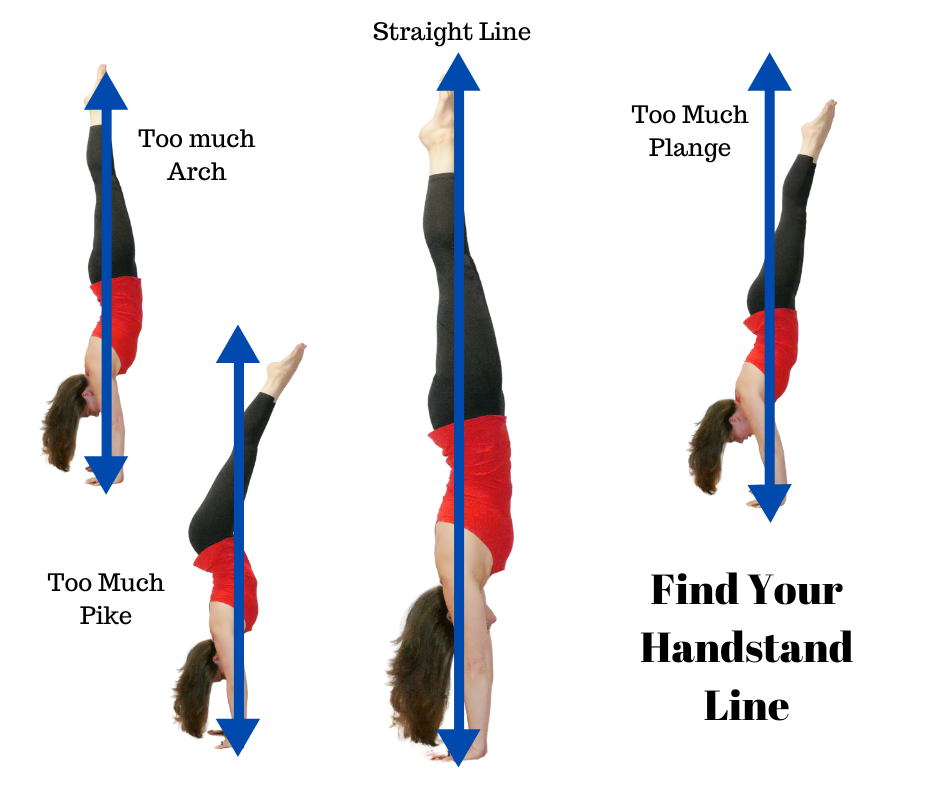
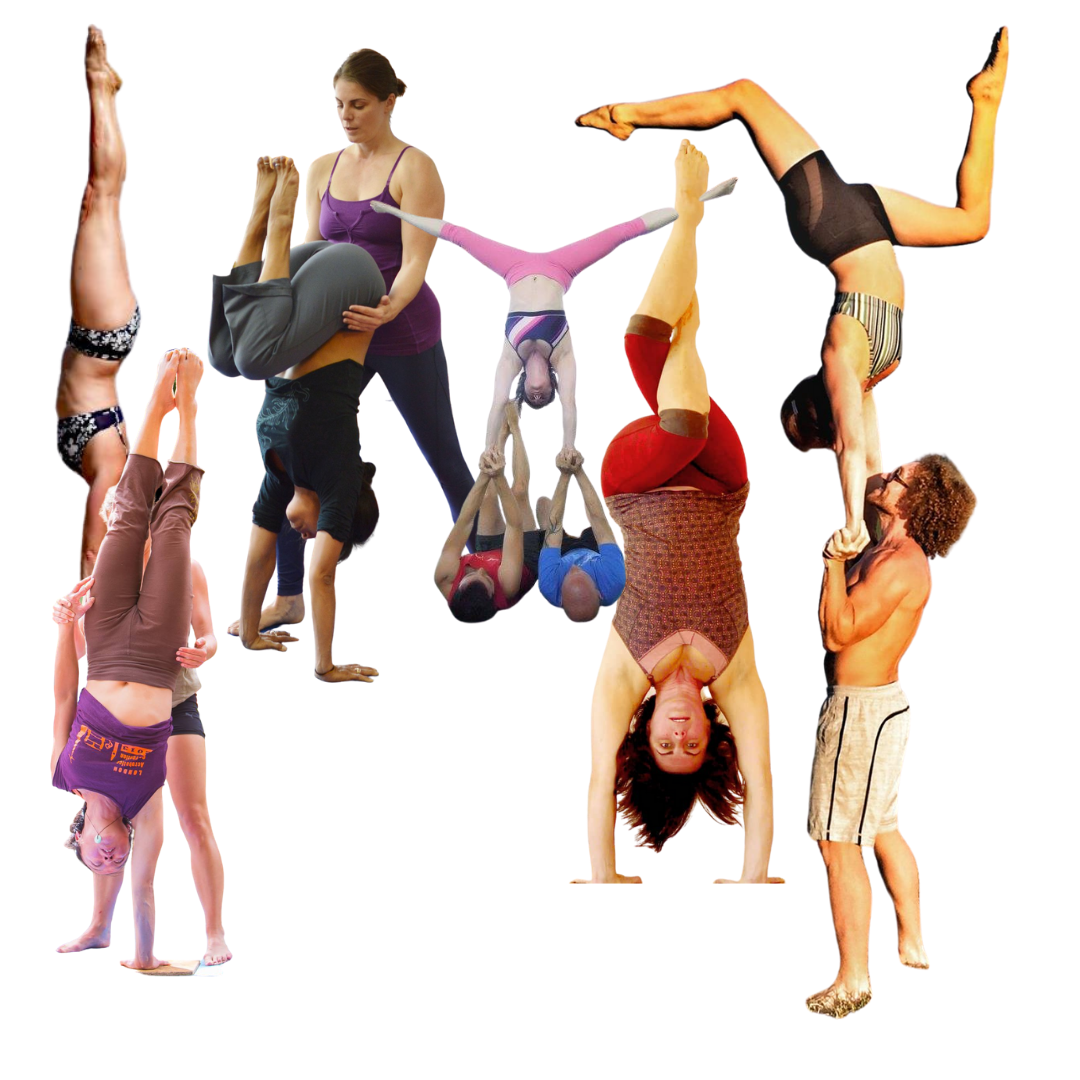
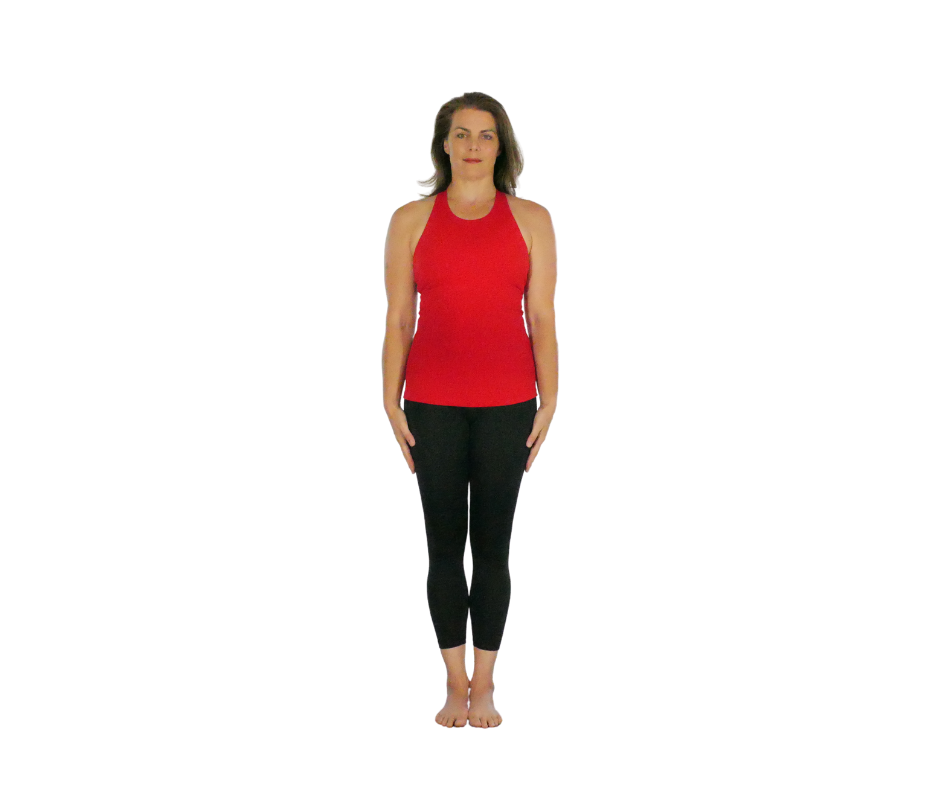
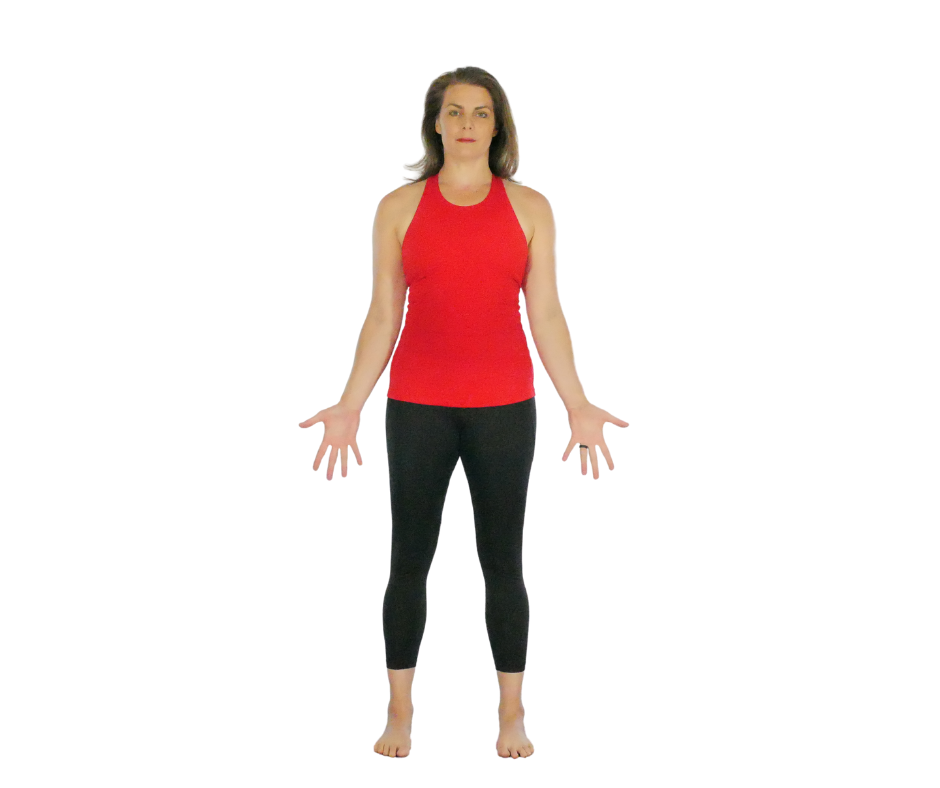
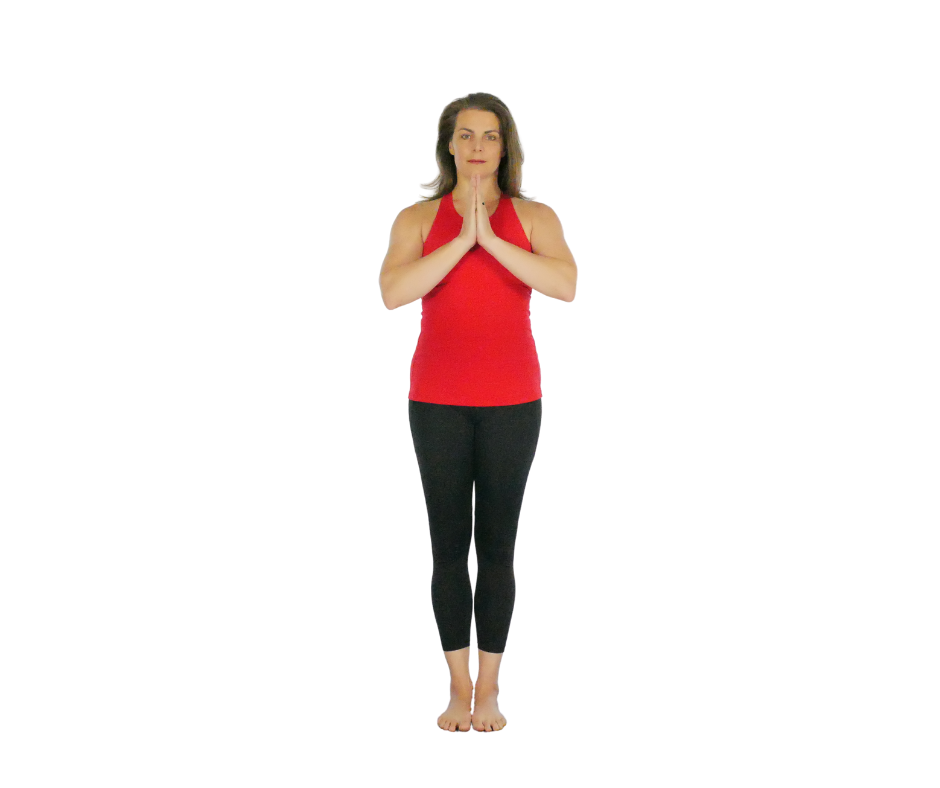
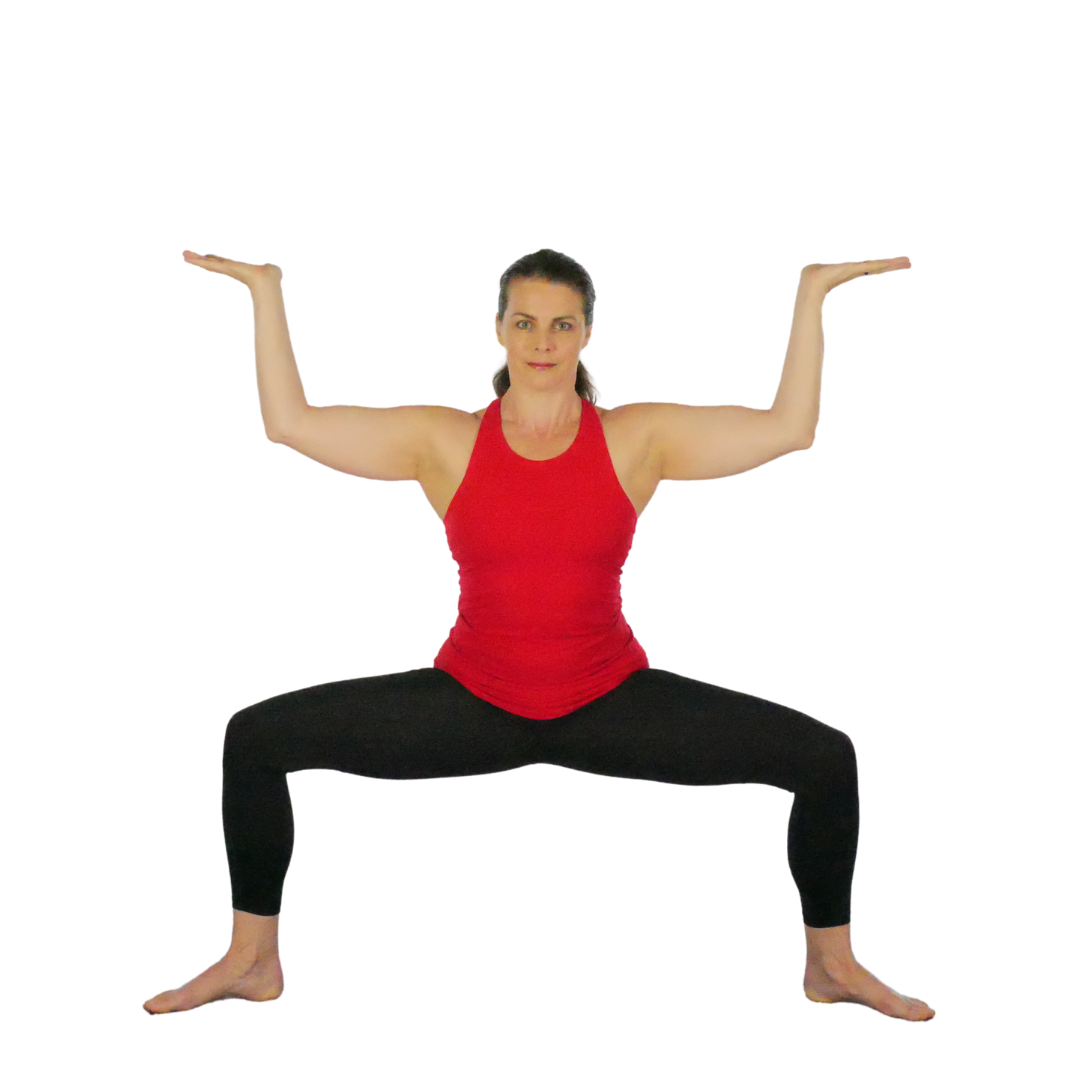
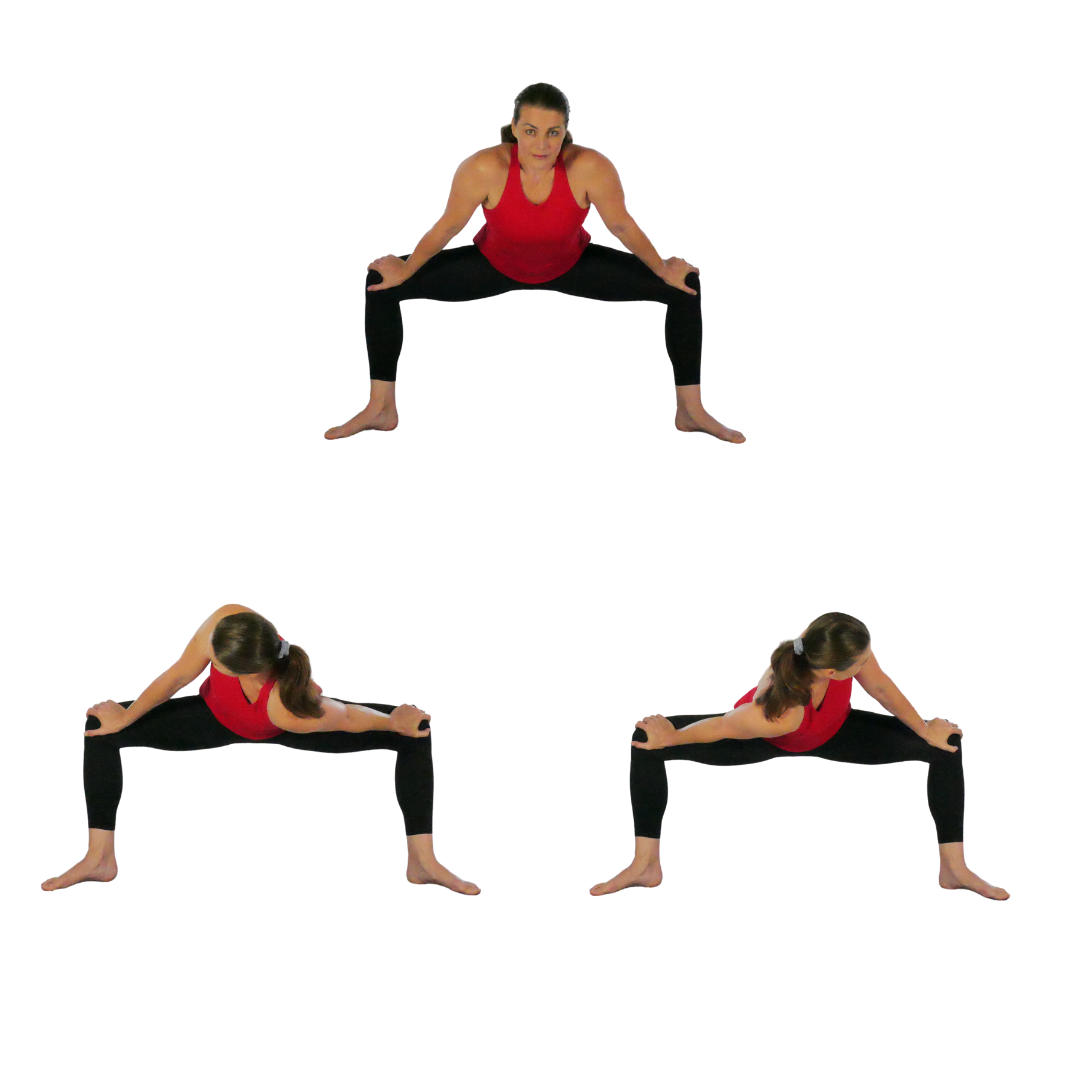
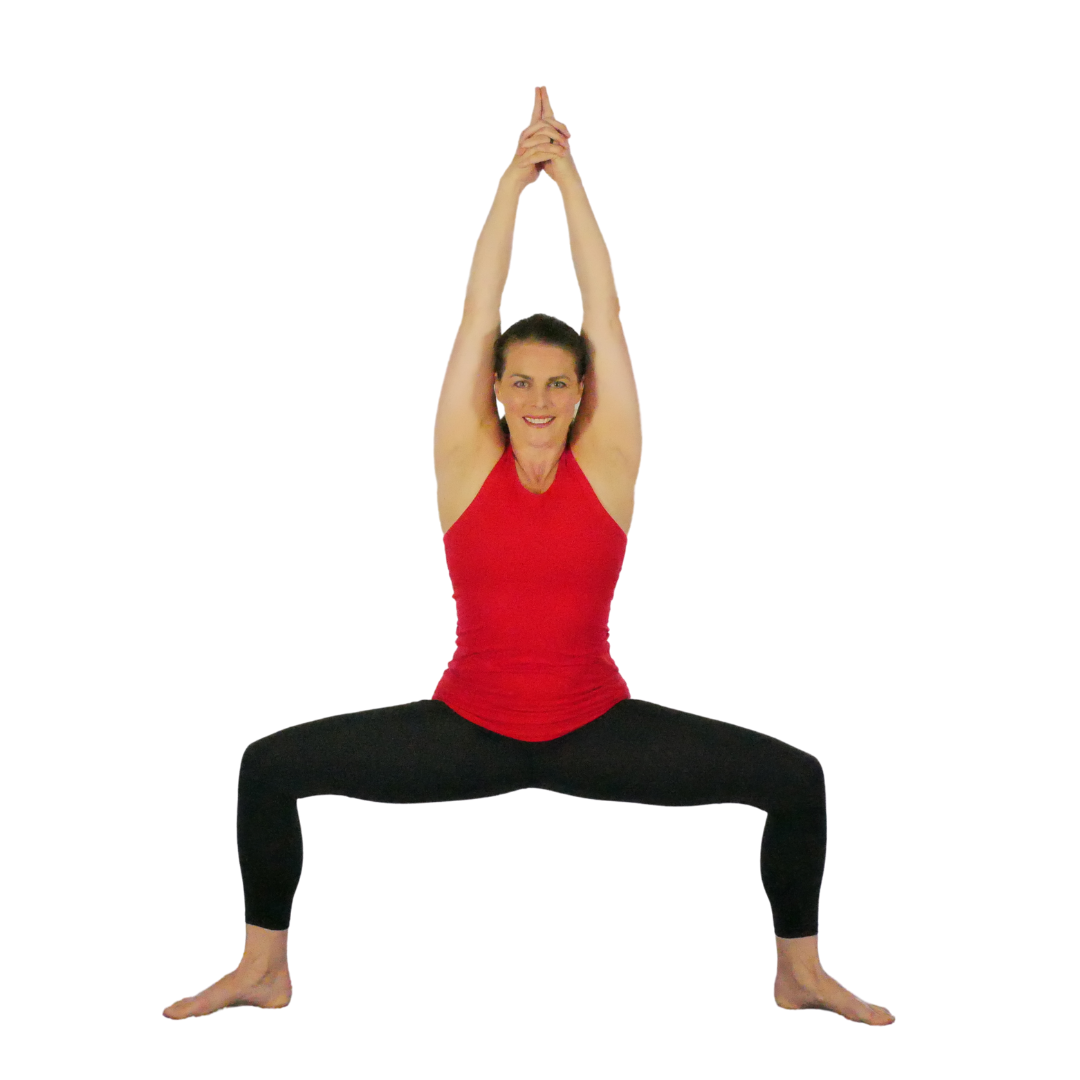
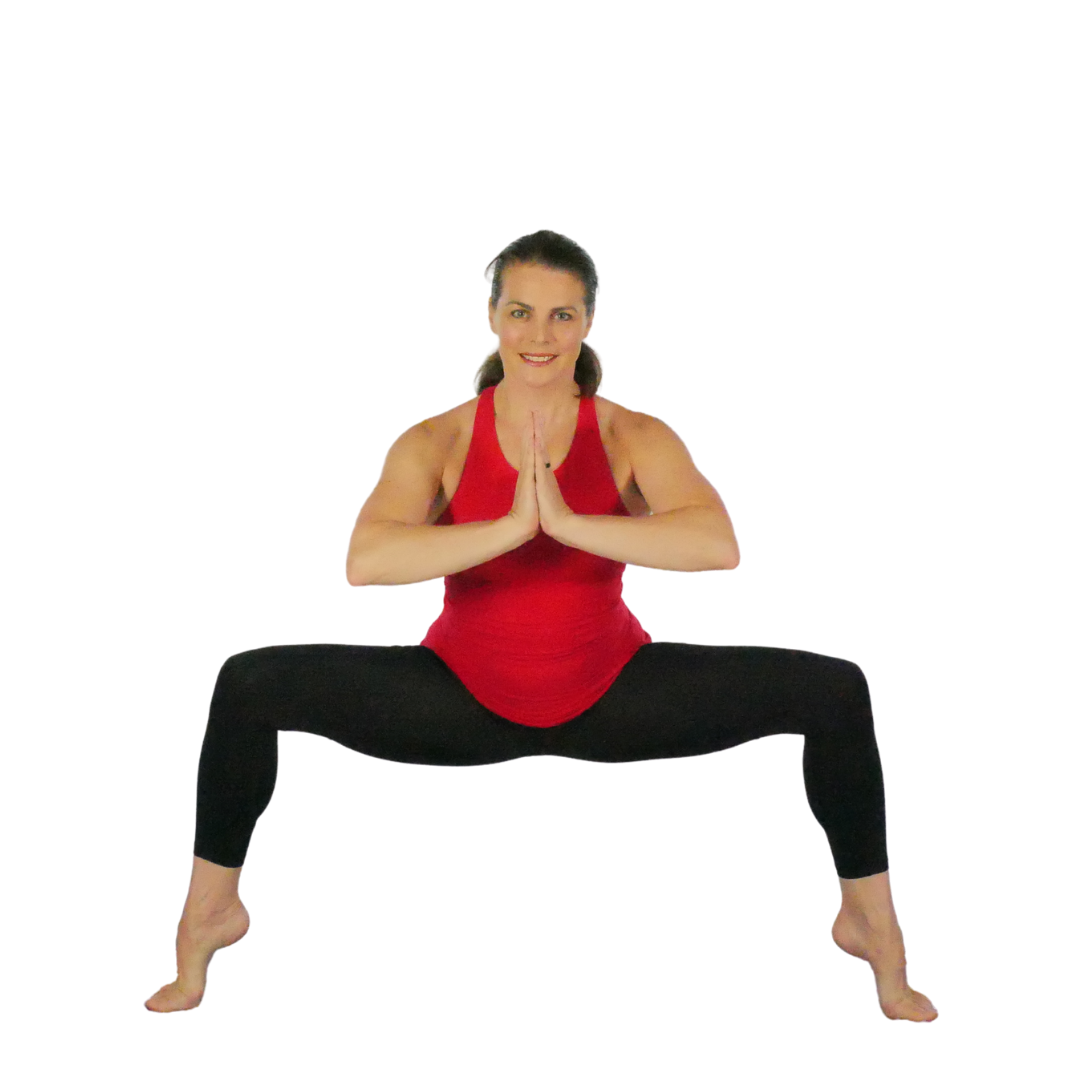
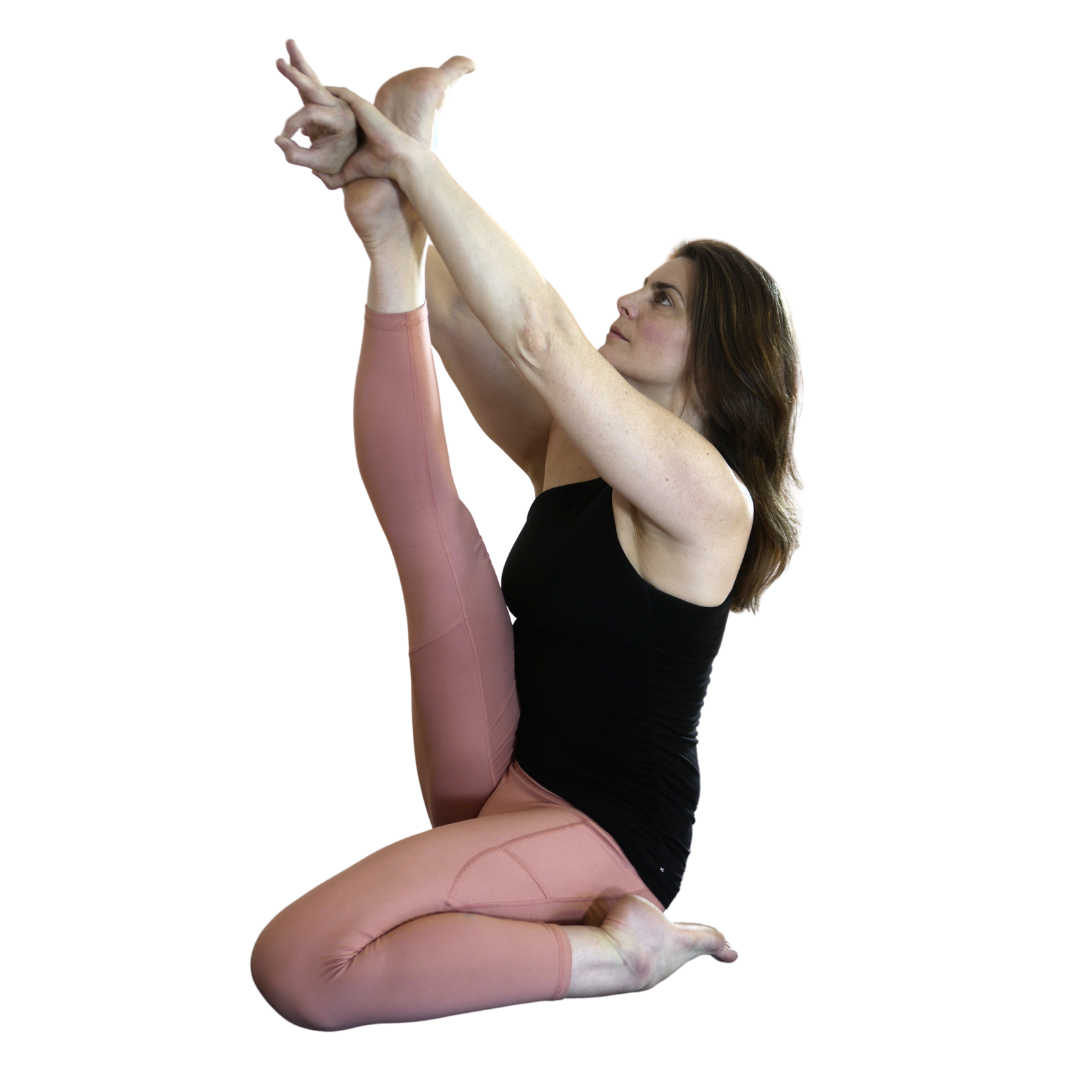
 RSS Feed
RSS Feed